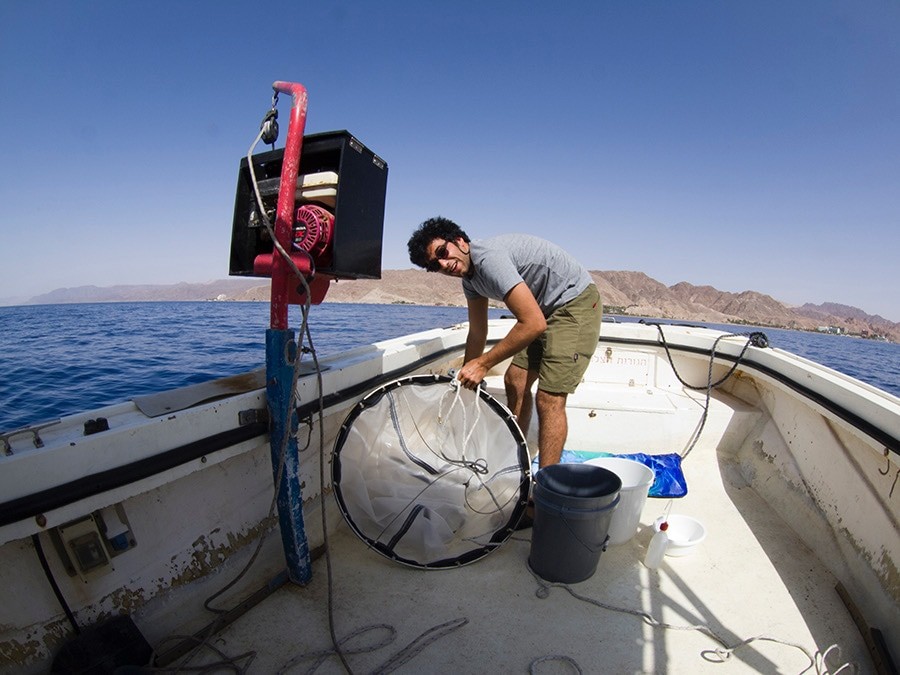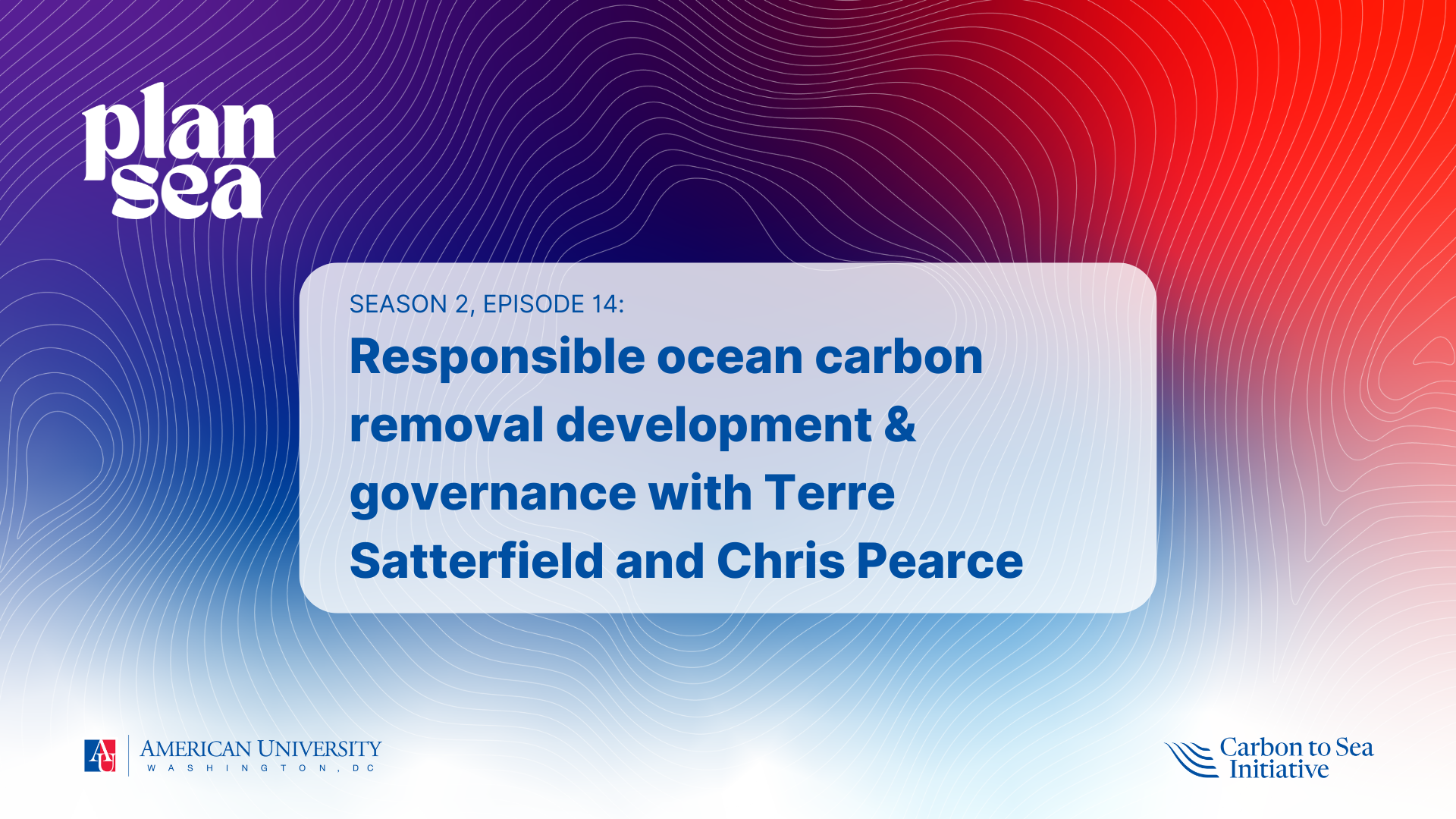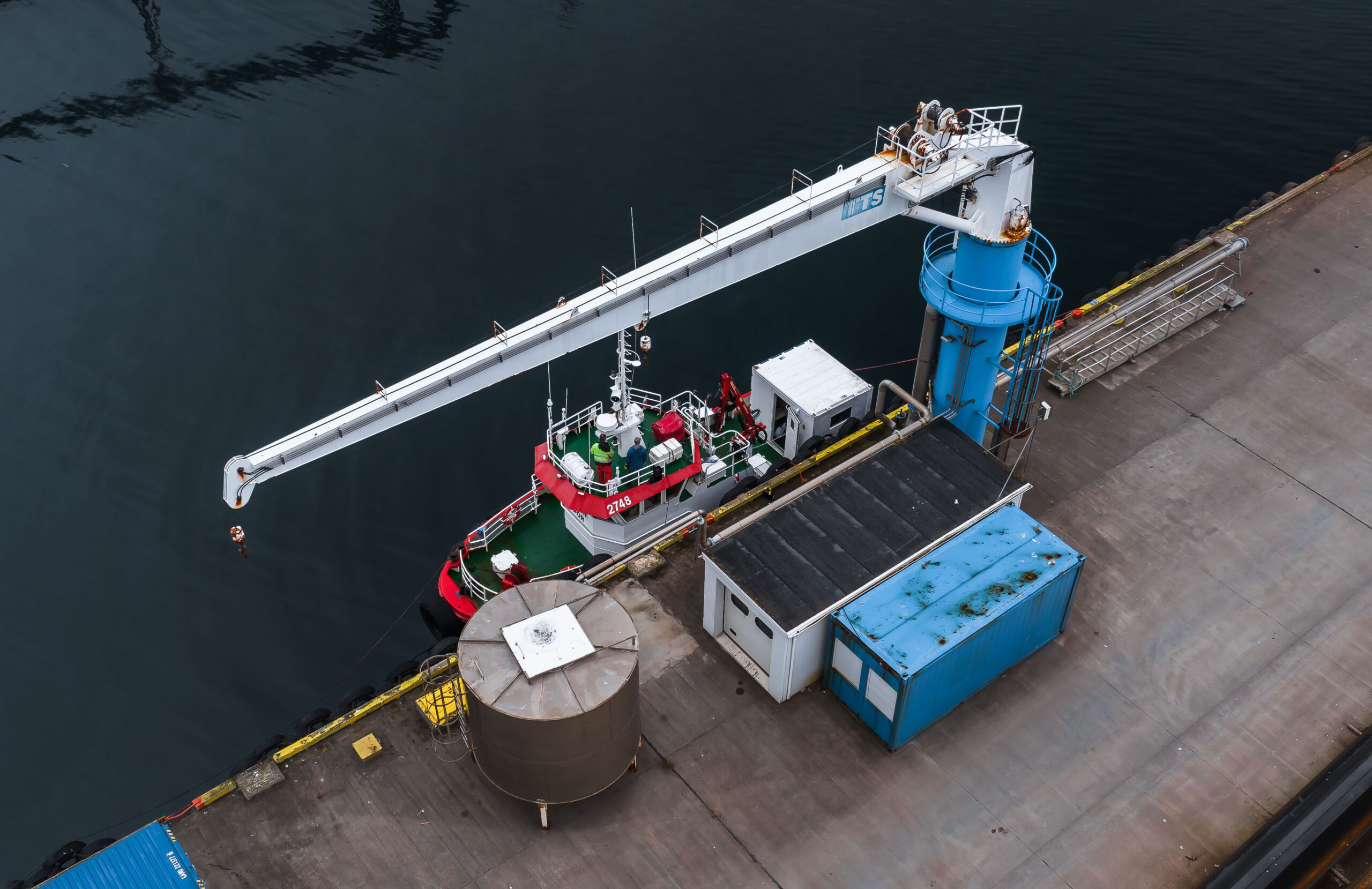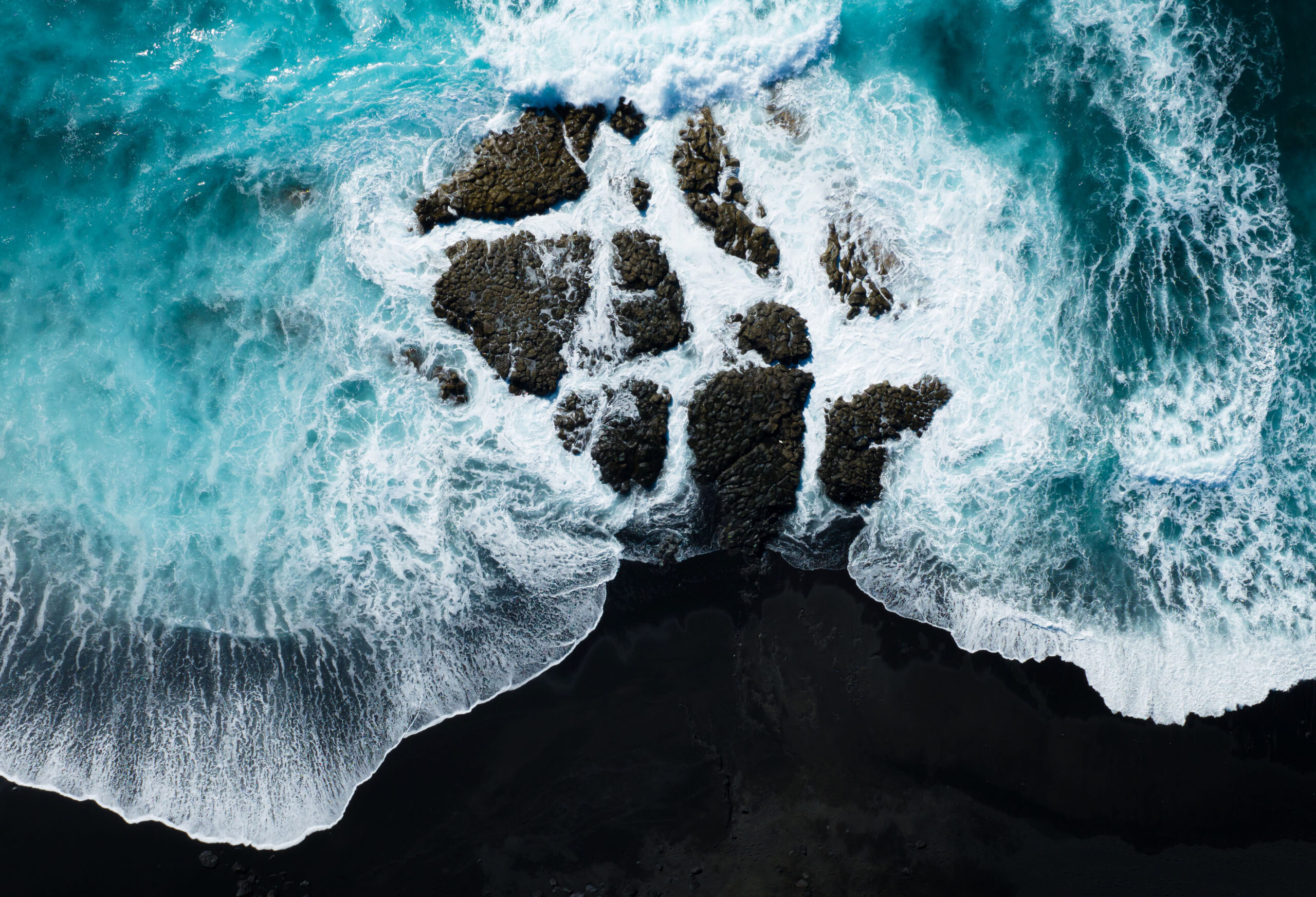We are excited to share our first blog post spotlighting one of our grantees, Adam Subhas, an Associate Scientist at the Woods Hole Oceanographic Institution. Read his Q&A below to learn about his ocean alkalinity enhancement (OAE) research and how he started working on ocean-based CDR.
Why are you doing this work?
I study oceanography because I am passionate about the health of our planet, our ocean, and our climate. Decarbonization cannot happen fast enough if we want to stop the worst impacts of climate change. We are already seeing sea levels rise, coastal communities face worsening flooding, more extreme weather events, and damage to our oceans in the form of hotter and more acidic waters. That’s why my lab has shifted its main focus to working on ocean-based carbon dioxide removal (oCDR). I believe that we have the ability to leverage our ocean as a critical player as we search for solutions to the climate crisis.
What should an average person know about oCDR?
Ocean-based carbon dioxide removal — also known as marine carbon dioxide removal — is a large and complicated topic, much like trying to conceptualize the ocean. In fact, the ocean covers 70% of the Earth’s surface and holds more carbon dioxide than other parts of the Earth’s biosphere. Ocean approaches to carbon dioxide removal seek to accelerate the ocean’s natural biological and chemical process to sequester, or capture, carbon dioxide in the ocean, where it is locked away from the atmosphere. There are several types of oCDR approaches, including ocean alkalinity enhancement (OAE), restoring blue carbon, and electrochemical oCDR.
We are investigating whether OAE can safely and effectively increase the uptake of carbon dioxide from the atmosphere and store it in ocean waters, while balancing the ocean’s chemistry at the same time. OAE mimics natural processes by adding alkaline materials to seawater to increase the ocean’s natural ability to take up carbon dioxide and reduce the acidity of the ocean. While this is extremely promising in theory, big questions remain about both (1) how effective this approach is at taking up carbon dioxide in a real-world, highly dynamic, ocean setting, and (2) what the short and long term impact is on marine ecosystems. Our project is designed to answer these critical questions through our research, by conducting small, constrained, well researched field trials.
Many of the oCDR approaches rely on ocean processes — physical, chemical, and biological — that have been studied for decades.
While there is a lot of interest from many different sectors in developing oCDR techniques, we need to ensure that industry does not get ahead of the critical scientific research that can evaluate their effectiveness, their environmental impacts, and their scalability.
That’s exactly the work we are doing now, and we hope it can lead the way for the responsible development of oCDR, and specifically ocean alkalinity enhancement.
Can you explain what your project aims to do and how it will work?
Our research project is specifically evaluating ship-based additions of liquid alkalinity. We are doing this through a four-pronged research program involving (1) the engineering of responsible alkalinity dispersal methods, (2) evaluation of biological impacts, (3) carbon dioxide removal monitoring, and (4) high-resolution ocean modeling. In addition to the primary focus of our initial research, we hope our efforts will lay the groundwork for future experiments on the potential for OAE to offset ocean acidification and future assessments on the potential for OAE to support shellfish habitat improvement.
All of these elements are focused around a set of scaled field experiments in which we will mix in liquid alkalinity to the sea surface, followed by 24/7 chemical, biological, and physical monitoring. These experiments will help us learn whether OAE can be scaled or not, what the impacts — positive or negative — may be to marine life, and how we can most effectively verify the amount of carbon dioxide taken up from the atmosphere.
Our field trials will use a common and nontoxic fluorescent water tracing dye, known as Rhodamine Water Tracer, to follow the alkalinity that we mix into the sea surface. In the best-case scenario, all of the alkalinity remains at the surface, where it can interact with CO2 in the atmosphere. The challenge is that water does not stay in one place — it moves around in all three dimensions, diluting and mixing as it goes. This sets up the major monitoring, reporting, and verification (MRV) challenge for OAE: How do we track the alkalinity, and how much CO2 does it capture?
We are in a constant state of learning and adjusting our techniques to maximize outcomes. This past fall, we conducted a dye-only trial, and it’s given us a lot of confidence in tracking a patch of dye for an extended period of time. We also conducted ship-board alkalinity exposure experiments, which confirmed that we will remain within EPA-determined water quality guidelines, so our experiments will not cause any harm to marine life. We are applying this knowledge to our field trial this summer, where we will disperse roughly 6,000 gallons of liquid alkalinity into federal waters off the coast, labeled with our Rhodamine dye. In theory, this release could store up to about 20 metric tonnes of carbon dioxide in seawater; that’s equivalent to the CO2 emissions from 2.5 homes’ energy use for one year. In 2025, we hope to expand and scale the research, based on the results.
Advice for aspiring scientists who may be interested in your field?
The development of oCDR techniques has opened up a whole new way of thinking about oceanography, and one that is drawing more interest into oCDR. This is great news, and it means that there are additional career opportunities beyond academia for those getting a Ph.D. in Oceanography.
Your scientific expertise will be critical for the responsible development of oCDR, from technological development, to monitoring, to policy and communications work. This is a very exciting time to be an oceanographer. Embrace your passion, be creative, and help us demonstrate the power of our oceans in the climate system.



